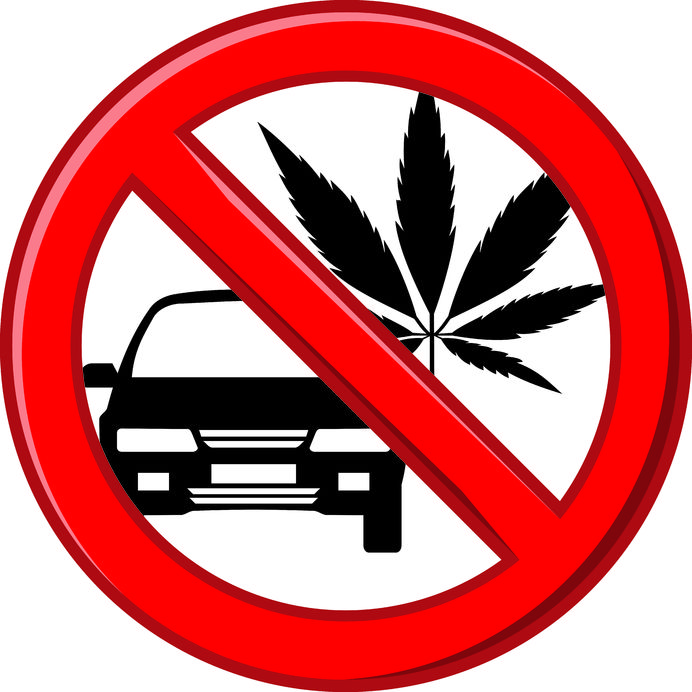Legal cannabis is coming to Canada in a few short months. It’s time for us to get ready and understand the ramifications and expectations of this new reality of having legal, regulated and restricted access to cannabis products all across the country.
Now that the new reality is here, its time for all of us to get educated on the impact of bringing a black-market drug out of the shadows and amke it more publicly acceptable.
We are embarking on a series of blogs addressing questions regarding the Cannabis Act to provide safety officers the information they need and can use to incorporate legal cannabis use into workplace safety protocols and to adapt rules in employee handbooks that are consistent with federal law and can enhance a high-quality workplace for all workers.
All the Cooks in the Cannabis Kitchen
The Cannabis Act was not a law conjured up by a small cadre of politicians or bureaucrats and passed in a vacuum. There was a process that this law went through, which included gathering feedback from a variety of stakeholder groups, including:
- Canada residents;
- Government officials – federal, provincial, territorial and municipal;
- Public health experts;
- Law-enforcement and the judiciary;
- Medical patients;
- Industrial communities;
- Employers; and
- Advocacy and community groups.
While the final Act is written in a similar fashion as the Tobacco Act, there have been enough tweaks and feedback from these various groups to make the Cannabis Act one that can be used not as an encouragement for use of a dangerous drug, nor as a deterrent for its use either. It’s meant to be a fair law that will allow adults to buy, sell, produce and distribute restricted amounts of cannabis for personal or commercial use.
Adult Play Time
The key word in this legislation is “adult.” Starting in October, adults over the age of 18 will be allowed to buy, sell, grow, produce and distribute small amounts of cannabis and be in possession of such. Adults will be allowed to have small personal cannabis grows in their homes, and they will be able to buy cannabis from licensed retailers in person, or online if a province or territory does not license such a retailer within its bondaries.
Many prohibitions on youths and cannabis will still be in effect under this law, which means that there are restrictions and prohibitions on cannabis being grown or possessed in a home with people under the age of 18 living there. It will be important to refer to existing federal laws and consult the details of the Cannabis Act to learn more about these restrictions to young people.
For those interested in cannabis brownies or other cannabis products, those may be made commercially available up to a year after the Cannabis Act goes into effect. This will allow time for regulators to devise rules for the possession, handling, selling and risks of these “concentrate” products in commercial sales.
The Personal Cannabis Grow
According to the Cannabis Act, an adult is allowed to have a personal grow of cannabis in his or her home, provided it does not exceed a limit of four plants at any one time. Adults who have minor children in the home are expected to take similar safety precautions as if the cannabis was alcohol, prescription drugs or other harmful substances – in other words, adults who have personal grows are expected to safeguard their plants and cannabis to prohibit access from minor children.
And yes, that limit is four plants per home, regardless of how many adults live in the home. Provincial and territorial authorities may impose restrictions on cultivation that are more stringent than what is spelled out in the federal legislation.
Promoting Cannabis
Here is a prominent way that cannabis will be handled in much the same way as tobacco products in Canada: through the promotion and marketing of cannabis so that the information is factual, accurate, and is shielded from those under the age of 18.
Any promotion that may be appealing to youth is prohibited, as is all promotion that is considered factually inaccurate or misleading. Advertising should be factual and informative, including any information about THC levels in the cannabis, ingredients in the cannabis products, as well as risks associated with use. The goal is for the advertising to be as objective as possible, while allowing for differences in brands to be stated for the sake of comparison. Cannabis products are not to be used for sponsorship efforts, and there are tight restrictions on any promotion that seems to depict an animal, character (story, movie, book), person or celebrity.
Next time, we will answer questions regarding the Cannabis Act as it comes into effect in October 1, 2018 – what will be allowed on October 2, what won’t be and what might this new reality look like?

